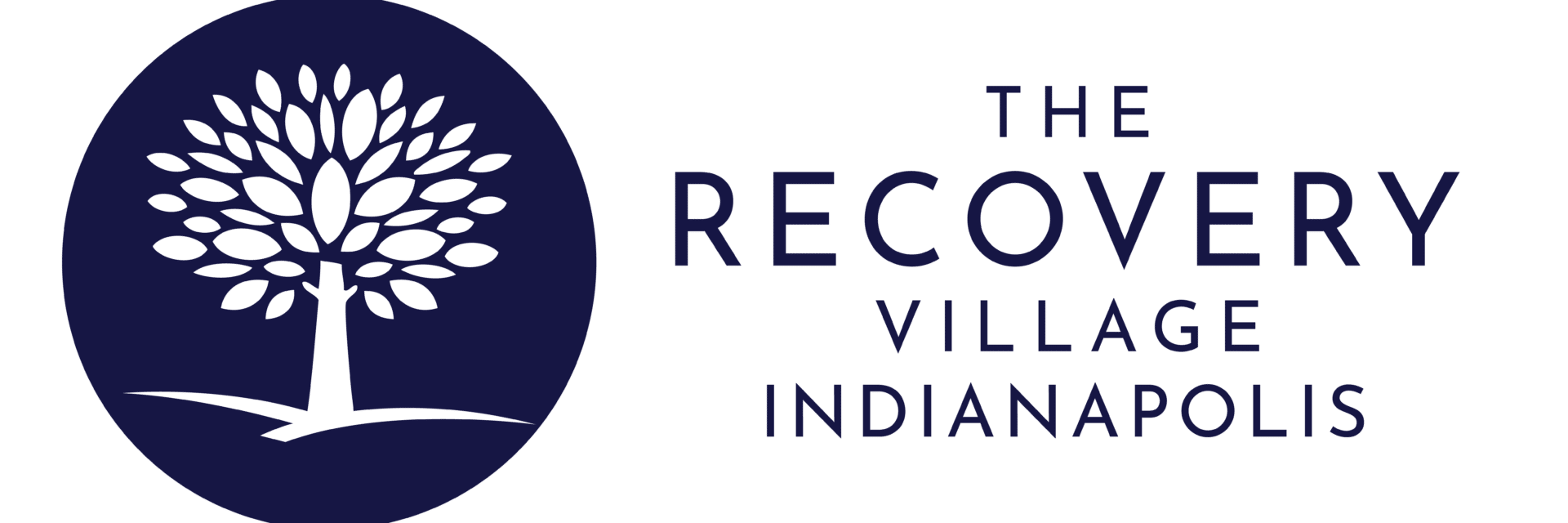Selecting the appropriate drug and alcohol rehabilitation center in Indiana is a pivotal step toward recovery. The decision can be daunting, as it significantly influences your future well-being.
To navigate this process effectively, consider factors such as cost, insurance coverage, levels of care, evidence-based treatments, and personalized care plans. Being informed about these elements enables you to make a choice that aligns with your recovery goals.
Substance Abuse in Indiana
The Scope of Addiction
Addiction profoundly affects Indiana residents. Approximately 8% of Indiana residents meet the criteria for a substance use disorder (SUD).
Fairbanks School of Public Health
This Season, Give Yourself the Gift of a Fresh Start.
Whether you are struggling with addiction, mental health or both, our expert team is here to guide you every step of the way. Don’t wait— reach out today to take the first step toward taking control of your life.
In 2022, Indianapolis experienced an average of two drug overdose deaths per day, totaling 852 fatalities that year.
Alcohol misuse is also a significant concern. In 2020, 51.1% of Indiana’s adult population reported alcohol use within the past month, with the highest rates among young adults aged 18 to 25.
Indiana Government The alcohol-attributable mortality rate in Indiana was approximately 13.7 deaths per 100,000 population in 2020.
Addiction Treatment Options in Indiana
Treatment for addiction varies based on individual needs and typically follows a continuum of care, allowing patients to transition through different levels of treatment as their condition improves. Available levels of care include:
1. Medical Detox
- Supervised withdrawal management with medical and clinical care.
2. Inpatient Treatment
- Short- or long-term residential programs offering intensive therapy and 24/7 care.
3. Outpatient Treatment
- Includes intensive outpatient programs (IOP) and traditional outpatient care for those who do not require residential treatment.
Specialized Treatment Programs
Many facilities offer programs tailored to specific needs, such as:
- Trauma-Informed Care: Addresses past trauma to aid recovery.
- Family Therapy: Involves loved ones in the healing process.
- Dual Diagnosis Treatment: Targets co-occurring mental health disorders alongside addiction.
Behavioral therapies like Cognitive Behavioral Therapy (CBT) form the foundation of these programs, often combined with other evidence-based approaches.
The Recovery Village Indianapolis provides a full continuum of care, including specialized treatment programs for Indiana residents.
What is the Cost of Rehab?
Key Cost Factors
The cost of rehab depends on several factors, including:
- Type of Program: Inpatient programs generally cost more than outpatient ones.
- Length of Stay: Longer durations typically lead to higher costs.
- Amenities: Luxury amenities may increase overall expenses.
- Specialized Services: Programs addressing specific needs, like trauma or dual diagnosis, may cost more.
Insurance Coverage
Most insurance plans provide some level of coverage for addiction treatment, thanks to federal mandates. Common in-network insurance providers for Indiana rehab centers include:
- Aetna
- Blue Cross Blue Shield
- Cigna
- Magellan
- United Healthcare
You can contact your insurance provider to understand your coverage. Alternatively, a Recovery Advocate from The Recovery Village Indianapolis can assist you in determining your benefits.
Options Without Insurance
If you don’t have insurance, there are still viable treatment options:
- Government-Funded Rehab Centers: These centers often operate on a sliding scale or offer free treatment.
- Nonprofit Organizations: Many nonprofits provide low-cost or no-cost addiction treatment programs.
How Long Is Rehab?
The length of rehab varies based on factors such as the severity of addiction, history of relapse, and co-occurring mental health disorders. Common rehab durations include:
- 30 Days: Ideal for mild to moderate addictions.
- 60 Days: Provides more time for therapy and skill-building.
- 90 Days: Recommended for severe or long-term addictions.
Longer treatment durations are linked to lower relapse rates. A treatment professional can help assess your situation and recommend an appropriate program length.
Taking the Next Step
If you’re ready to begin your recovery journey or want to explore Indiana rehab options further, reach out to a Recovery Advocate. Facilities like The Recovery Village Indianapolis can help guide you through the process, from assessing your needs to verifying your insurance and discussing treatment plans.
Contact Information:
- Website: The Recovery Village Indianapolis
- Phone: +1 (317) 754-7784
- Address: 8150 Brookville Road, Indianapolis, IN 46239
Your path to recovery starts with the right choice. Make it today.


